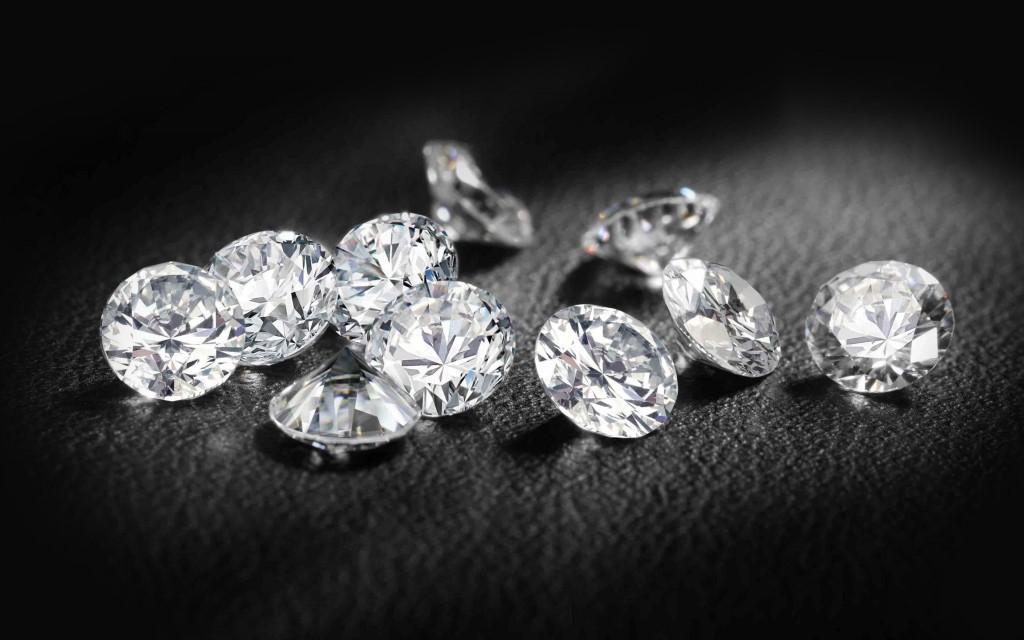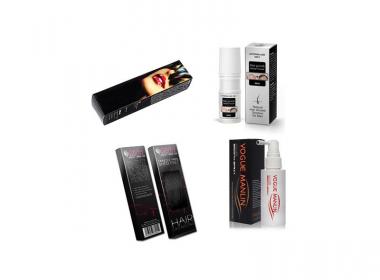
How is a Lab Diamond different from Cubic Zirconia (CZ) and Moissanite
Cubic Zirconia and Moissanite are diamond simulants. This means that although clear in color like a diamond, they are not the same chemical substance as a diamond. Natural Diamonds are made by Mother Nature. Lab Diamonds are grown in labs using special chemicals. CZ and Moissanite are manmade materials that look similar to Real Diamonds but aren't.
Lab-grown diamonds are real diamonds made from carbon, while cubic zirconia (CZ) diamonds are not made from carbon, causing them to be far less durable. Lab-grown diamond is the most popular choice for engagement rings and wedding bands because they are more affordable than natural diamonds. There are 6 prong engagement ring that looks a lot rather than 4 and 3 one. However, lab-grown diamonds are oftentimes cloudy or opaque, which makes it hard to see the true color of a lab-grown diamond. This can make it difficult to determine if your ring looks like an actual diamond.
Cubic Zirconia
On the other hand, cubic zirconia has been around since the 1970s but only recently have manufacturers started making them in a variety of shapes. They are very similar to lab-grown diamonds except that they are much cheaper and easier to find. The problem with cubic zirconia is that it's impossible to tell if you're getting a real diamond or a cheap imitation.
Cubic Zirconia (CZ), the most popular diamond simulant on the market, has great clarity and color. Yet, its brilliance tends to be dulled over time due to dirt accumulation, and the stone is sometimes criticized for looking glassy. Instead of being made from carbon, these stones are made from zirconium dioxide (ZrO 2 ), a material that's also used in dental work to produce crowns and bridges. Because CZ isn't made out of carbon, it isn't as hard as diamonds. On the Mohs scale, cubic zirconia only ranks an 8, making it far less durable than diamonds. The verdict: With daily wear and tear, there is a good chance CZ stones will eventually turn cloudy and a much higher risk that they will scratch or chip.
Lab-grown diamond v/s cubic zirconia
A Cut Above the Rest
When buying a stone for any occasion, you want that stone to be a cut above the rest. But, let's face it, the price tag is a deciding factor. You may have started looking already and decided that for financial and ethical reasons, those mined diamonds aren't for you. So, where do you turn?
For years, diamond simulants were the answer. They look like the real deal at a quick glance and don't break the bank. But, before you make that big decision, consider: What are you really buying when you choose a diamond simulant? What's the difference between lab-grown diamonds vs CZ diamonds?
What is Moissanite
moissanite does occur naturally (and very rarely) in very tiny crystals, when consumers compare moissanite and diamonds they're most likely considering synthetic moissanite. This is a form of crystalline silicon carbide created in laboratories and widely used as a diamond simulant. Unless you're shopping for rare mineral samples, when you encounter moissanite and moissanite rings for sale, you're dealing with the synthetic variety
Moissanite vs. Cubic Zirconia Durability
Diamonds are the hardest gemstone with a perfect ranking of 10 on the Mohs scale. But moissanite comes pretty close. It is the second hardest gemstone used in jewelry after diamonds ranking at 9.25. This makes moissanite an exceptionally hard stone and ideal for daily wear. It has a high resistance to damage and abrasion. A moissanite engagement ring will not easily scratch or damage.
Moissanite is perfect for engagement rings, which need to be hard-wearing and scratch-resistant due to the excessive exposure they receive every day. Moissanites are more heat resistant than even diamonds, meaning that even if they were in a fire, they would still retain their sparkle and form. Cubic zirconia is a hard stone but not as tough as moissanite.
Cubic zirconia is also a hard stone, ranking at 8 to 8.5. This makes it a good option for daily wear, just like moissanite as it is durable and scratch-resistant. However, in terms of toughness, which refers to the gemstone's resistance to breaking, moissanite is much tougher than CZ. Moissanite has a toughness rating of 7.6 PSI while CZ is only 2.4 PSI. This means that moissanite is over 3 times resistant to breaking or chipping than CZ. Winner: Moissanite. It is harder than CZ by 1.25 points and three times tougher.
Moissanite vs. Lab-Grown Diamond: How Do They Compare
Lab-grown diamonds are grown in a lab from carbon dioxide molecules using cutting-edge technology to create extreme heat and pressure. Using this technology replicates the natural diamond growing process. The result is a man-made diamond that has all the same physical and chemical properties as a mined diamond that formed deep in the earth. Since they are a complete match from a chemical and physical standpoint, lab-grown diamonds are real diamonds and not diamond simulants.
The moissanite we know today was successfully synthesized for production and is now lab-created. Although both lab-grown diamonds and moissanite are man-made, they have a different chemical makeup and very specific features when viewed in person.
Moissanites are nearly as hard as lab-grown diamonds, scoring a 9.25 on the Mohs Hardness Scale. This makes them very strong and suitable for daily wear. Moissanite has a higher refractive index, helping them exhibit a different kind of brilliance than a lab-grown diamond. It's typically of greater intensity and in fiery, rainbow-colored flashes. This effect is particularly noticeable in sunlight and in larger stones.
The grading system for moissanite is entirely different. Whereas lab-grown diamonds, just as mined diamonds, are graded by the 4Cs, moissanite is graded solely on color since the clarity on moissanite is essentially perfect for every stone. The best quality will be Premium, falling within the G-H color range, and Super Premium, falling within the D-F range. Moissanites will be one of the more affordable diamond simulant options, and their price is based solely on their size and variance between Premium and Super Premium.
FAQS;
What is the difference between natural and lab-grown diamonds
Despite nearly identical grades, the lab-created diamond is 30% of the price.
What are the differences between lab-created and mined diamonds
There can be some very small inclusions on lab diamonds that aren't present in natural diamonds.
Is Natural Diamonds Better Than Synthetic diamonds
A report from the Diamond Producers Association claims that natural diamonds are, in fact, better for the environment than synthetic diamonds, due to the carbon-intensive process of producing lab diamonds.
What is Cubic (CZ) Diamond simulant
Cubic Zirconia (CZ), the most popular diamond simulant on the market, has great clarity and color.
What is Moissanite
Moissanite, a more recent addition to the jewelry market, is made from silicon carbide (SiC), a material that was used to manufacture LEDs in the 1970s and 1980s.
What Are Lab-Grown Diamonds
They have the same chemical, physical, and optical qualities as mined diamonds, meaning that they're real, durable, and sparkly.
What are the benefits of lab-grown diamonds?
The verdict: When you wear lab-grown diamonds, you'll be proud to show off those sparkly, eco-friendly, ethical stones.
What are the best quality diamonds?
While CZ and moissanite are diamond simulants, lab-grown diamonds aren't.
Also read about:
Best Furniture at Hoc Furniture
WHICH MATTRESS TO BUY FOR BEST COMFORT
Contract Drafting With Najla Law Firm







